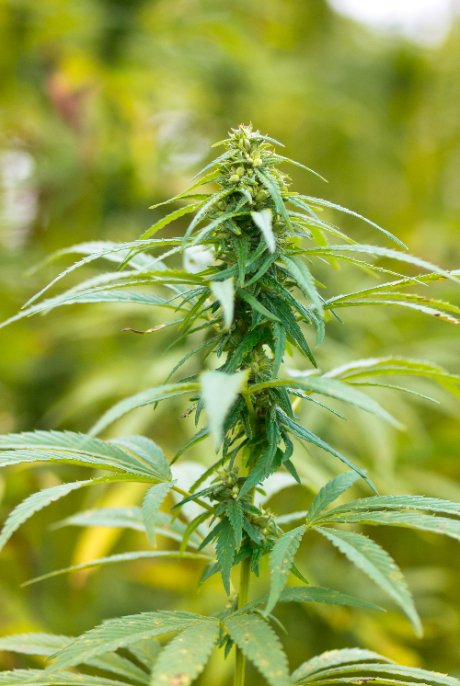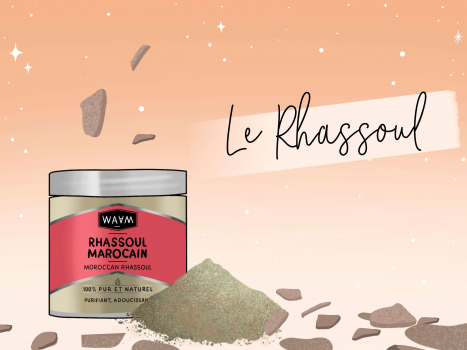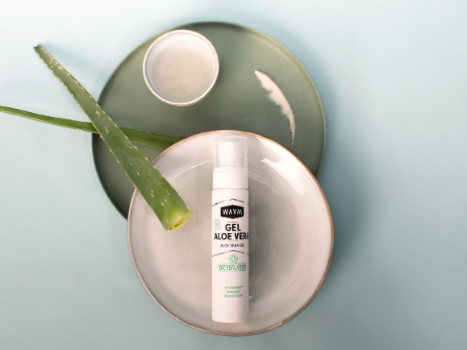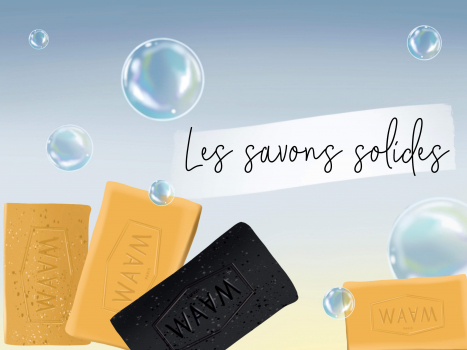There are two varieties of hemp: cannabis Indica and cannabis Sativa.
The former is the variety known to many for its psychotropic effects. In fact, it is banned from sale in France. Cannabis sativa, on the other hand, is the variety of cannabis grown and marketed for food, cosmetic or industrial purposes. The latter is used to obtain hemp oil. Hemp is totally legal in Europe and France, as long as its cultivation is declared to the competent authorities (prefecture) and the seeds used are recognized as hemp seeds authorized for sale in France. Finally, hemp plants must contain less than 0.2% THC during cultivation, and 0% in the finished product. Both cannabis indica and cannabis sativa have psychoactive effects and can be smoked, but cannabis indica contains more CBD/THC and is less psychoactive.
This plant is highly productive, growing rapidly and improving soil structure with its deep roots. Hemp has a so-called phytorehabilitation capacity. It acts as a depollutant on soil that has been treated and sometimes abused by human economic and industrial activities. It can bind heavy metals and capture radioactivity.
Indeed, during the Chernobyl nuclear incident, hemp plants were used to neutralize the cesium, strontium and plutonium present in contaminated soil. The hemp is burnt in an airtight container and the ashes spread over the area to be treated. This is a faster solution than conventional decontamination, since it allows time to pass.
The evolution of interest in hemp cultivation
Hemp has been cultivated and used by man for many centuries. It is appreciated for its flexibility, sturdiness and ease of processing. It's also a highly versatile plant that can be used in many different fields. It can be found in the textile industry, in paints, solvent fuels and even in medicines. Some even produce hemp flour.
Rich in fiber, hemp stalks are often used to make ropes, sails, clothing and paper. The French king Charlemagne encouraged his subjects to grow hemp to produce rope and clothing. From the 17th to the 18th century, hemp became indispensable on ships and sailing boats engaged in maritime transport. It was used to make sails and ropes of all kinds.
For a long time, hemp was widely grown in North America. In fact, the United States Declaration of Independence was written on a sheet of paper made from hemp... Indeed, in the 19th and 17th centuries, it was very common to make paper from hemp.
This paper can be recycled up to 8 times.
Hemp is also used in construction. Hemp concrete, for example, is made from it. It's also used as a fuel to make ethanol.
Hemp used for cosmetics or food is grown and marketed according to very precise rules. These include a THC tetrahydrocannabinol concentration of 0%. THC is one of the molecules responsible for the psychotropic effects of cannabis. Hemp oil is used in soaps, anti-aging products and creams, for example.
After reaching its peak in the 1830s, hemp cultivation gradually declined in importance.
It was with the advent of nylon in the textile industry that hemp went into decline, whereas until then it had been widely cultivated for this purpose. Prohibition at the time completed the decline in hemp cultivation. Yet hemp is far less polluting than cotton, requires fewer pesticides and has fewer environmental repercussions.
For a long time, hemp was associated with THC, the molecule responsible for the psychotropic properties of cannabis. Today, however, the plant is once again in demand for its various properties, particularly cosmetics.
Hemp can be used to make a number of materials known for their recyclability and low environmental impact. It is even used in some recyclable plastics and cellophane.
In the 1930s, the US government embarked on a campaign against illicit drug use. In 1937, cannabis cultivation was taxed in the United States. This was a deterrent to the cultivation of Majijuana. Europe also banned hemp in the 1960s. Its use gradually declined and was shunned by the industry..
However, in the 90s, interest in hemp returned and production picked up again. Today, a third of European hemp production is even carried out in France.
Today, hemp is once again grown on an industrial scale. It is enjoying a resurgence in popularity.
What's more, we shouldn't forget that this versatile, low-pollution plant represents a definite alternative for our future. Indeed, given the ecological conditions and crises we are facing, a plant such as this could provide a solution to many current and future problems. In 2017, France was the world leader in hemp production.
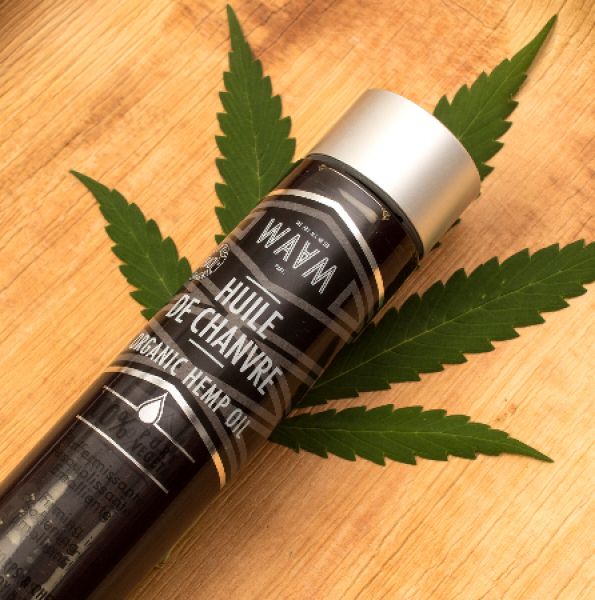
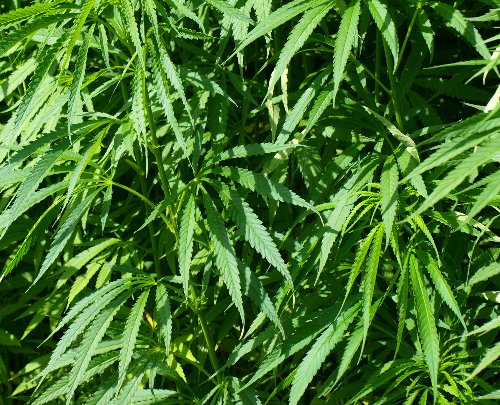
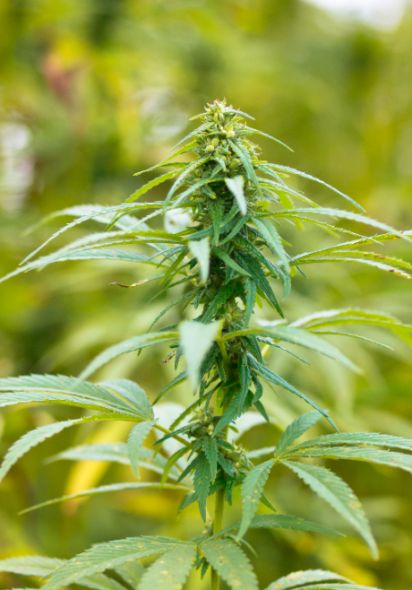
.jpg)
.jpg)





